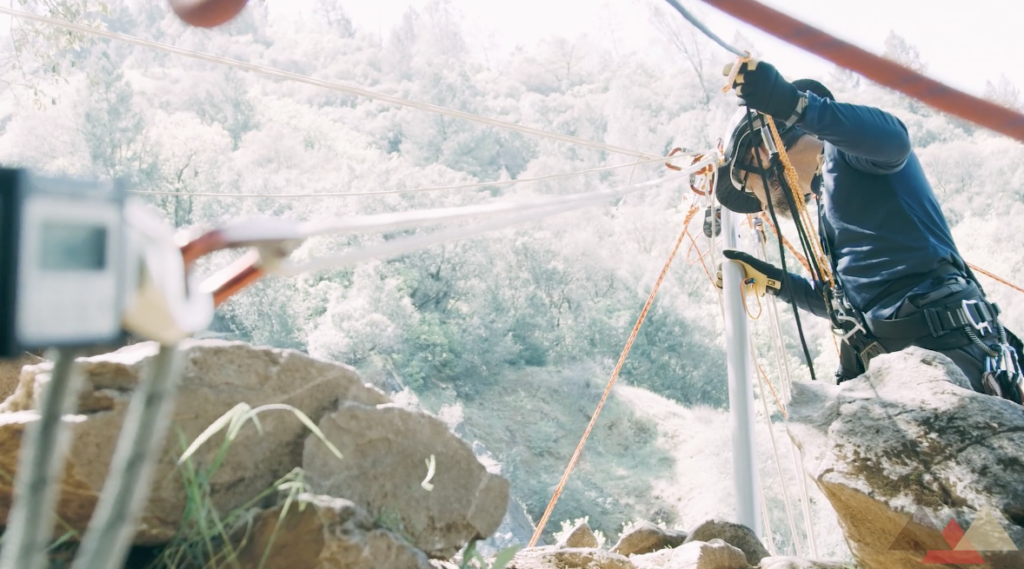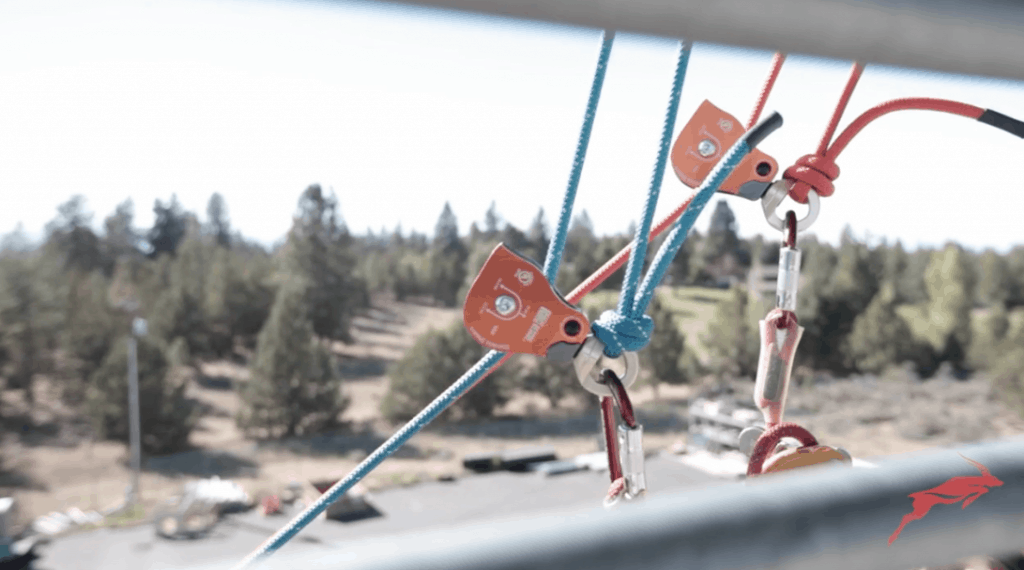Mastering the Two-Tension Rope System
Introduction to Two-Tension Rope Systems The two-tension rope system is a fundamental component in high-angle rescue operations, representing the primary method taught by RLA (Rescue Learning Academy) for efficiently lowering and raising rescue loads. This system, particularly when integrated with the Multi-Purpose Device (MPD), offers a safer and more manageable approach by eliminating fall factors […]
Mastering the Two-Tension Rope System Read More »



